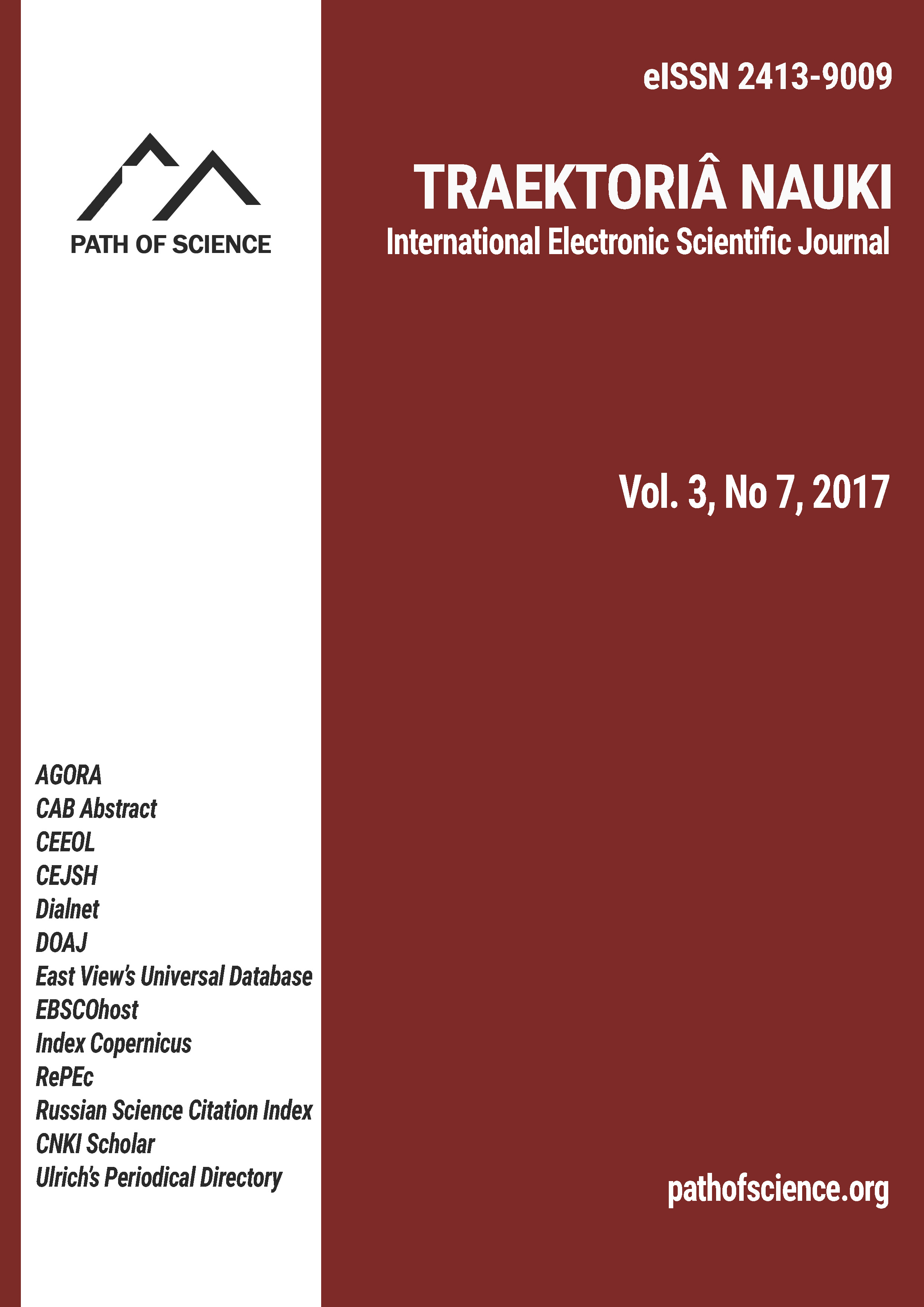Impact of Annealing Thin Films In(OH)xSy Growth By Solution Technique
Impact of Annealing Thin Films In(OH)xSy Growth By Solution Technique
Author(s): Cliff Orori Mosiori, Robert Magare, Mathew MunjiSubject(s): Energy and Environmental Studies
Published by: Altezoro, s. r. o. & Dialog
Keywords: annealing; energy band gaps; recrystallization; optical effect; passivation; stoichiometry;
Summary/Abstract: Indium Hydroxy Sulphide has demonstrated abundance in resources, low prices, nontoxic characteristics, radiation resistance, high temperature resistance, and chemical stability, and therefore it has become an extremely important photoelectric, photovoltaic, and light sensing thin film material. Some treatment on this material include thermal annealing which is a process used for intrinsic stress liberation, structural improving, and surface roughness to control its electro-optical properties. In a qualitative way, annealing modifies surface morphology, intrinsic parameters, and electron mobility with temperature and time. In this work, an explanation on the surface modification of In(OH)xSy thin films when subjected to an annealing process is discussed. Both electrical and optical effects caused by annealing were carried out and characterizations were performed at different annealing temperatures in nitrogen in the temperature range 373–573 K. Using optical measurements data and simulated data, Scout software was employed and the results showed that increasing annealing temperature causes a slight decrease in transmittance with a consequence of modifying the energy band gaps values between 2.79–3.32 eV. It was concluded that annealing influence optical transmittance and resistance of the film make the thin films potential for photovoltaic, and light sensing applications.
Journal: Traektoriâ Nauki
- Issue Year: 3/2017
- Issue No: 07
- Page Range: 1-8
- Page Count: 8
- Language: English

